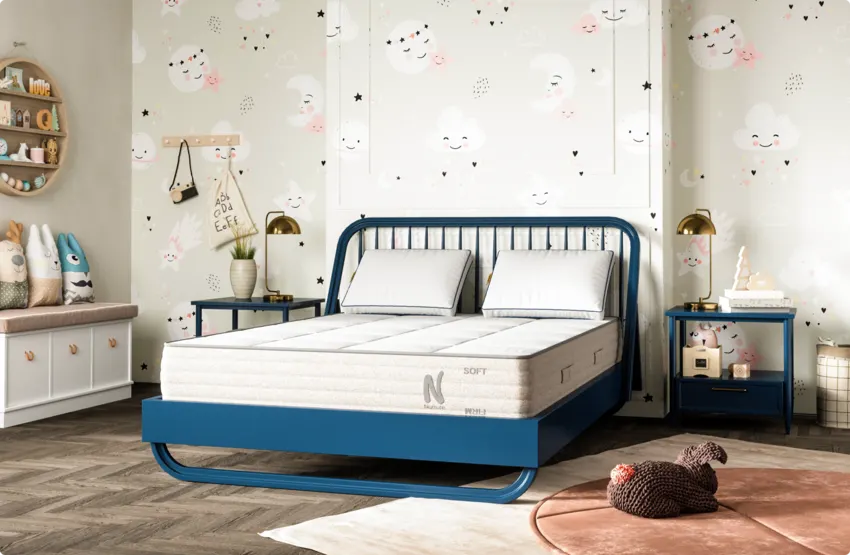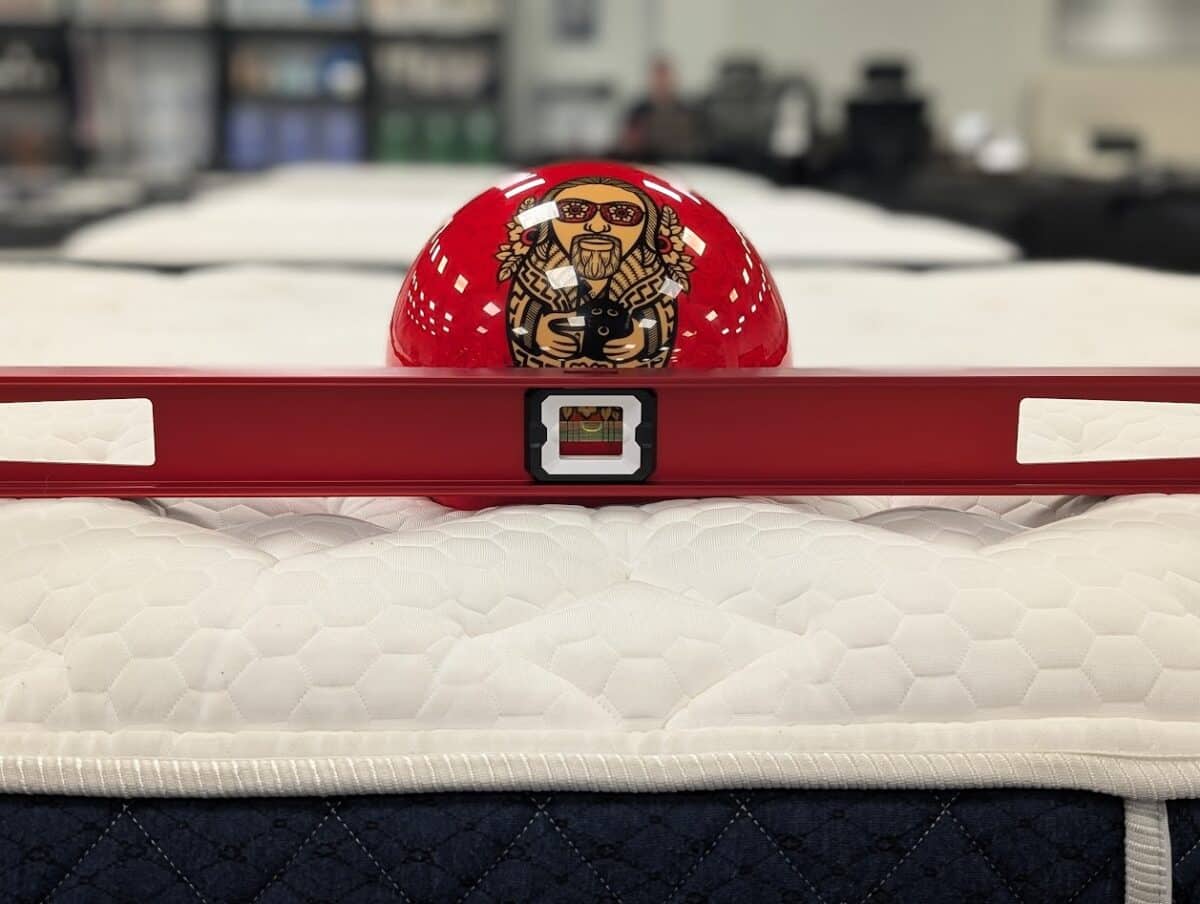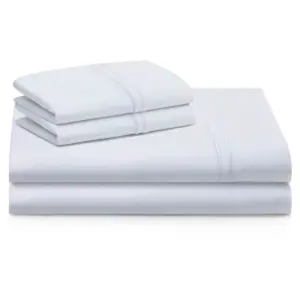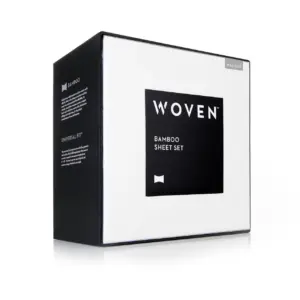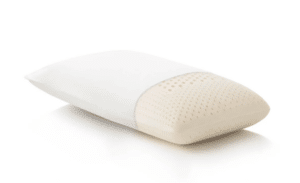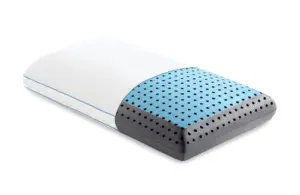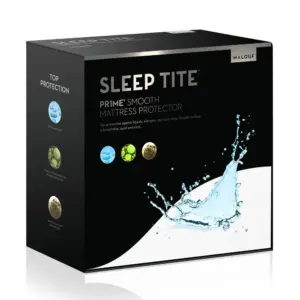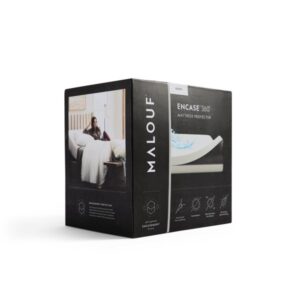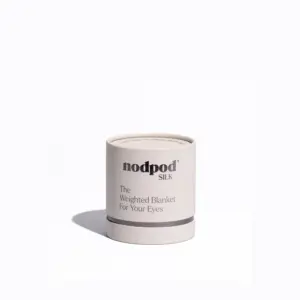Humans have been sleeping for thousands of years, and the need for a comfortable sleeping surface has always been a priority. In ancient times, people used natural materials such as straw, leaves, and animal skins to create a soft sleeping surface. Over time, the demand for more comfortable and durable mattresses led to the invention of new materials and technologies.
The purpose of this article is to explore the evolution of mattresses, from the simple straw-filled bags of ancient times to the high-tech foams of today. We will examine the different materials and construction methods used throughout history, the advantages and disadvantages of each type, and the future of mattresses and sleep technology.
The evolution of mattresses can be divided into several distinct phases, starting with the use of natural materials such as straw and animal skins, moving on to the invention of spring and coil mattresses, and culminating in the development of memory foam, latex foam, and high-tech foams. Each phase has its unique characteristics, advantages, and disadvantages, and has played a crucial role in shaping the modern mattress industry.

Early Mattresses
Early mattresses were made from natural materials such as straw, leaves, and animal skins. These materials were readily available and inexpensive, making them a popular choice for many people. The construction of these mattresses was relatively simple, involving stuffing the materials into a cloth bag and stitching it closed.
One of the advantages of these early mattresses was their affordability. They were an accessible option for people of all income levels, making sleep more comfortable for everyone. However, they also had several disadvantages. They were not very durable and could easily wear out over time. They were also not very hygienic and could attract insects, making them less than ideal for long-term use.
Despite these disadvantages, early mattresses were the best option available at the time, and people had to make do with what they had. Some examples of early mattresses include the Japanese futon, which is a thin mattress made of cotton or wool, and the Russian featherbed, which is a thick mattress filled with feathers.
As the demand for more comfortable and durable mattresses grew, people began to experiment with new materials and construction methods, leading to the development of modern-day mattresses. However, the history of these early mattresses is a testament to the human desire for a good night’s sleep and the ingenuity required to achieve it.
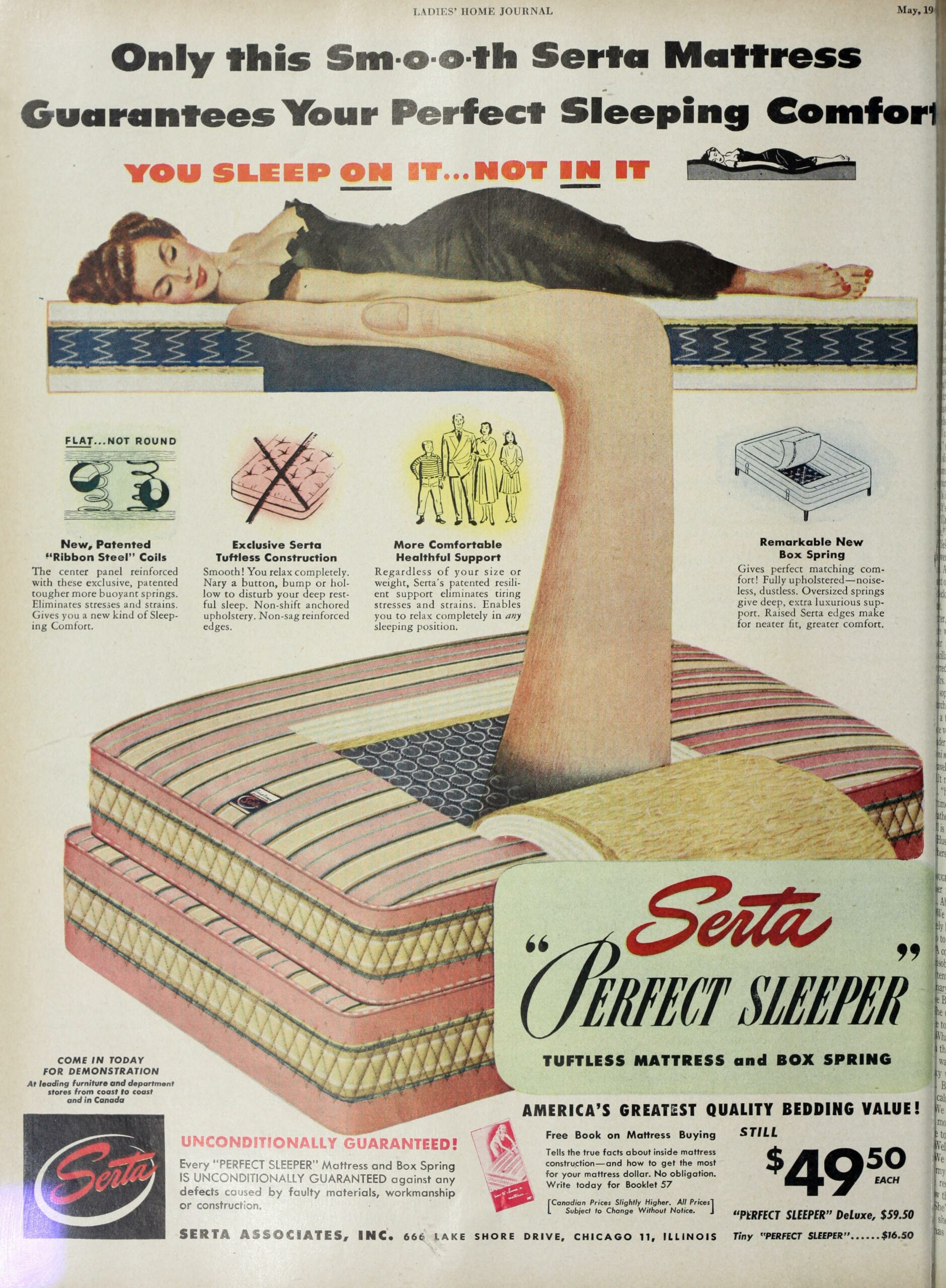
The Advent of Springs and Coils
In the late 19th century, the first coil spring was patented, revolutionizing the mattress industry. These springs were made of steel and were designed to provide support and durability. The invention of the spring coil was a significant development in the evolution of mattresses and led to the creation of the modern-day spring mattress.
Advancements in spring technology over the years have resulted in different types of spring mattresses, including pocketed coil mattresses, which are made up of individual springs wrapped in fabric, and continuous coil mattresses, which are made up of a single wire formed into multiple springs.
Hybrid mattresses have also become popular in recent years, combining the benefits of springs with other materials such as foam. These mattresses provide excellent support and pressure relief while also offering the comfort of foam.
One of the advantages of spring mattresses is their durability. They can last for many years without losing their shape or support. They also provide excellent support for people with back pain, allowing for a more restful sleep. However, they can be noisy and have poor motion isolation, making them less than ideal for couples.
Some examples of spring mattresses include the Beautyrest Black Hybrid, which is a hybrid mattress that combines pocketed coils with foam, and the Sealy Response Premium, which is a spring mattress that offers excellent support and durability.
Overall, the invention of the spring coil was a significant development in the evolution of mattresses, leading to the creation of durable and supportive mattresses that are still popular today. While they may not be the best option for everyone, they remain a viable choice for those seeking a good night’s sleep.
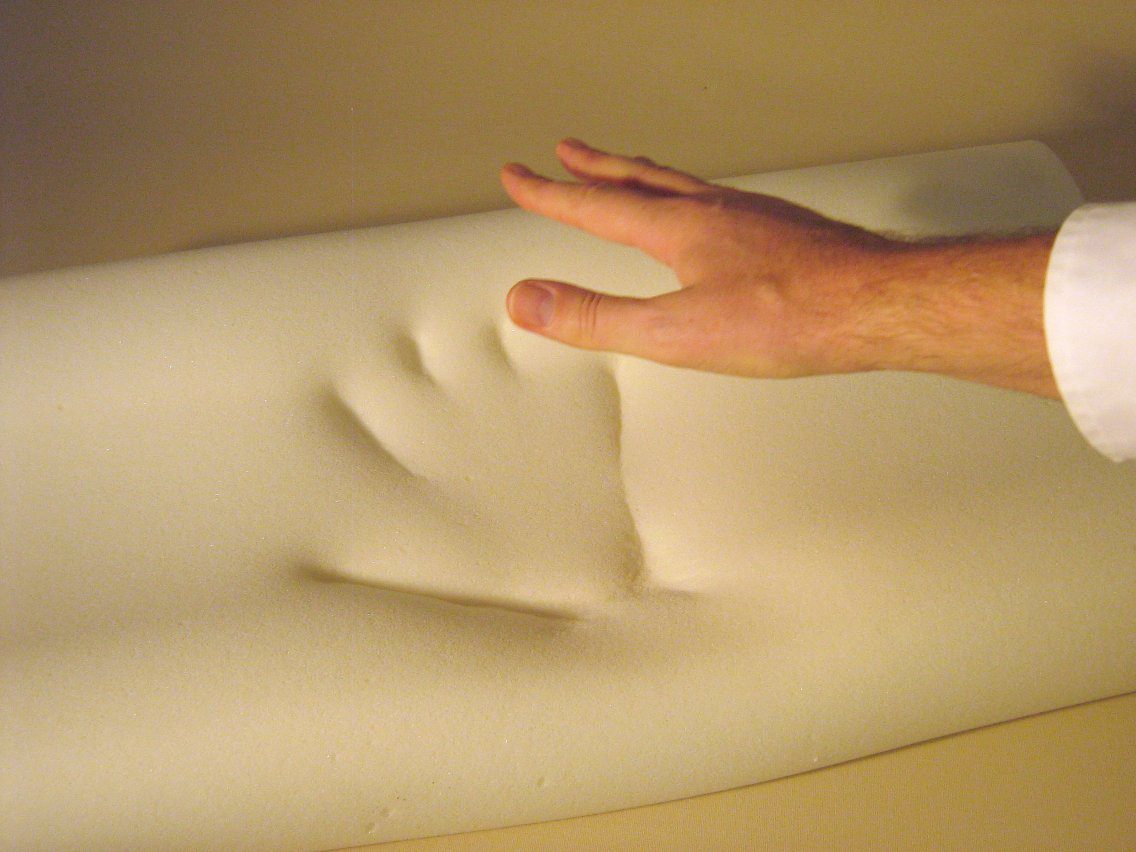
Memory Foam
Memory foam was invented in the 1960s by NASA to improve the safety and comfort of airplane seats. The material was designed to conform to the body’s shape and provide excellent support and pressure relief. Over time, memory foam was adapted for use in mattresses, and it has become a popular choice due to its unique properties.
One of the advantages of memory foam mattresses is their ability to relieve pressure points. This is particularly beneficial for people who suffer from back pain or joint problems. Memory foam also has excellent motion isolation, meaning that movement on one side of the mattress is not felt on the other side. However, memory foam mattresses can retain heat, making them less comfortable for people who sleep hot.
There are several variations of memory foam available, including gel-infused memory foam, which is designed to provide additional cooling, and plant-based memory foam, which is more environmentally friendly than traditional memory foam.
In conclusion, memory foam mattresses have become a popular choice due to their ability to relieve pressure points and provide excellent support. While they may not be suitable for everyone, they remain a viable option for those seeking a comfortable and restful sleep. With ongoing development and improvement in memory foam technology, we can expect to see even more variations of this material in the future.
Latex Foam
Latex foam mattresses are made from natural or synthetic rubber and have become a popular alternative to traditional spring and memory foam mattresses. The invention of latex foam can be traced back to the 1920s when the first latex foam pillow was produced. Over time, latex foam was adapted for use in mattresses, and it has become a popular choice due to its unique properties.
One of the advantages of latex foam mattresses is their durability. They are known for their long lifespan, lasting up to 15 years or more, and can maintain their shape and support over time. They are also hypoallergenic and antimicrobial, making them an ideal choice for people with allergies or asthma. However, they can be more expensive than other types of mattresses, and they may not be as conforming or pressure-relieving as memory foam.
There are several variations of latex foam available, including Dunlop latex foam, which is made using the traditional Dunlop process, and Talalay latex foam, which is made using a newer, more sophisticated process that results in a softer, more uniform foam.
Some examples of latex foam mattresses include the Zenhaven mattress, which is a 100% natural latex mattress that offers excellent support and pressure relief, and the PlushBeds Botanical Bliss, which is made from organic latex and offers customizable firmness options.
In conclusion, latex foam mattresses have become a popular alternative to traditional spring and memory foam mattresses due to their durability, hypoallergenic properties, and long lifespan. While they may not be the best option for everyone, they remain a viable choice for those seeking a comfortable and supportive sleep surface. With ongoing development and improvement in latex foam technology, we can expect to see even more variations of this material in the future.
High Tech Foams
High-tech foams are the latest development in the mattress industry and include a variety of different types of foam, including gel-infused foam, plant-based foam, and copper-infused foam. These foams offer superior support, pressure relief, and temperature regulation compared to traditional foams.
Gel-infused foam is designed to provide additional cooling and can help regulate body temperature during sleep. Plant-based foam is made from natural materials such as soy and castor oil and is more environmentally friendly than traditional foam. Copper-infused foam is designed to provide antimicrobial properties and promote healing and recovery.
The development of high-tech foams has been ongoing, with researchers continually experimenting with new materials and construction methods. These advancements have resulted in foams that offer improved durability, support, and comfort.
One of the advantages of high-tech foams is their ability to provide superior support and pressure relief, making them ideal for people with back pain or joint problems. They can also regulate body temperature, making them more comfortable for people who sleep hot. However, they can be more expensive than traditional foams, and they may not be suitable for everyone’s sleep preferences.
Some examples of high-tech foam mattresses include the Purple mattress, which is made with a unique grid of hyper-elastic polymer, providing excellent support and pressure relief, and the Loom & Leaf mattress, which is made with plant-based foam and offers excellent temperature regulation and support.
In conclusion, high-tech foams represent the latest development in the evolution of mattresses, offering improved support, pressure relief, and temperature regulation. While they may not be the best option for everyone, they remain a viable choice for those seeking a comfortable and supportive sleep surface. With ongoing development and improvement in high-tech foam technology, we can expect to see even more variations of this material in the future.
Sustainability
As the demand for mattresses continues to grow, there are increasing concerns about the environmental impact of mattress production and disposal, as well as the health concerns associated with the chemicals used in mattress production.
Mattresses can take up to 50 years to decompose in landfills, and the chemicals used in mattress production can have harmful effects on the environment and human health. For example, flame retardants used in mattresses can release toxic chemicals into the air and water supply, potentially leading to health problems such as cancer, developmental delays, and reproductive issues.
To address these concerns, many mattress manufacturers are now using sustainable materials and adopting environmentally friendly manufacturing processes. For example, some companies are using recycled materials in their mattresses, while others are using renewable materials such as natural latex foam.
In addition to sustainability concerns, there are also health concerns associated with mattresses. For example, some people may be sensitive to certain chemicals used in mattress production, leading to allergic reactions or other health issues. To address these concerns, some mattress manufacturers are now using organic materials and eliminating potentially harmful chemicals from their production processes.
Overall, it is important to consider the environmental and health impact of mattresses when making a purchase. Choosing a mattress made from sustainable materials and manufactured using environmentally friendly processes can help reduce the impact on the environment. Additionally, choosing a mattress made from organic materials and free from harmful chemicals can help reduce the risk of health problems associated with mattress production. By making informed choices, we can ensure that our sleep environment is not only comfortable but also sustainable and healthy.
Final Thoughts
The evolution of mattresses has come a long way from the days of straw-filled bags to the high-tech foams of today. Each phase of mattress evolution has its unique characteristics, advantages, and disadvantages, and has played a crucial role in shaping the modern mattress industry. From the simple use of natural materials to the invention of high-tech foams, the development of mattresses has been driven by the human desire for a comfortable and restful sleep.
Looking to the future, we can expect to see even more advancements in mattress technology and materials. With ongoing research and development, we can expect to see mattresses that are even more supportive, comfortable, and environmentally friendly.
It is important to consider the environmental and health impact of mattresses when making a purchase. Choosing a mattress made from sustainable materials and manufactured using environmentally friendly processes can help reduce the impact on the environment. Additionally, choosing a mattress made from organic materials and free from harmful chemicals can help reduce the risk of health problems associated with mattress production.
In conclusion, choosing the right mattress is essential for a restful and rejuvenating sleep. With the wide range of options available today, it is important to consider your personal preferences, health concerns, and environmental impact when making a purchase. By choosing a mattress that fits your needs and values, you can ensure that you get the best possible sleep while also making a positive impact on the environment and your health.



